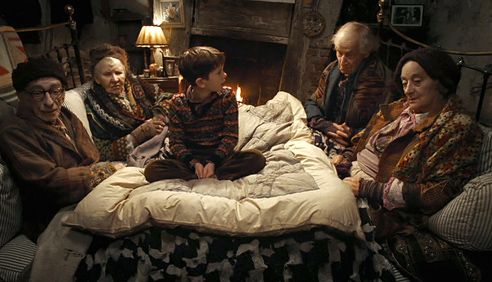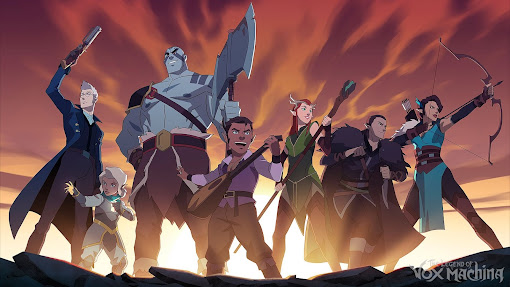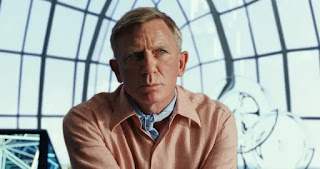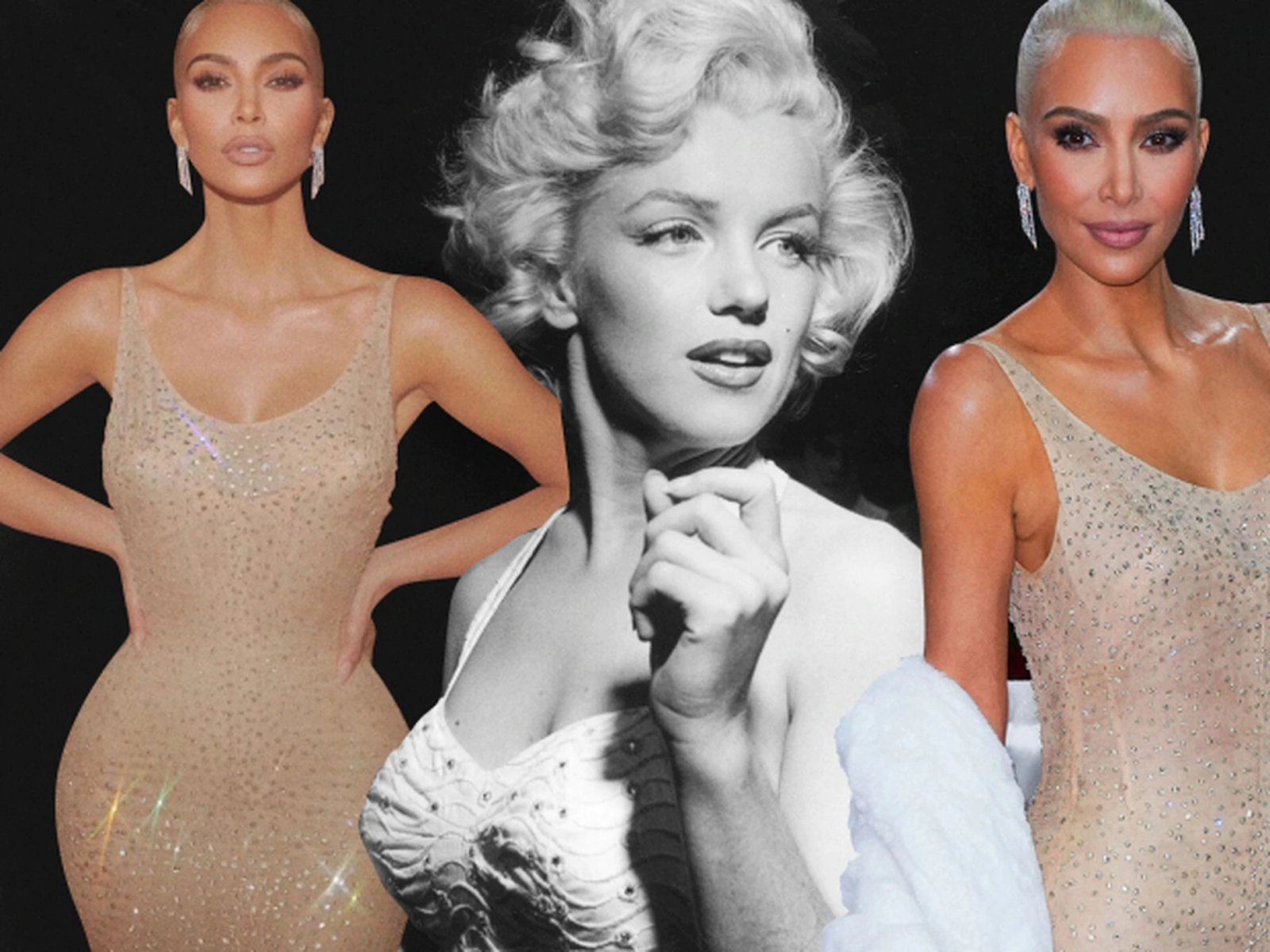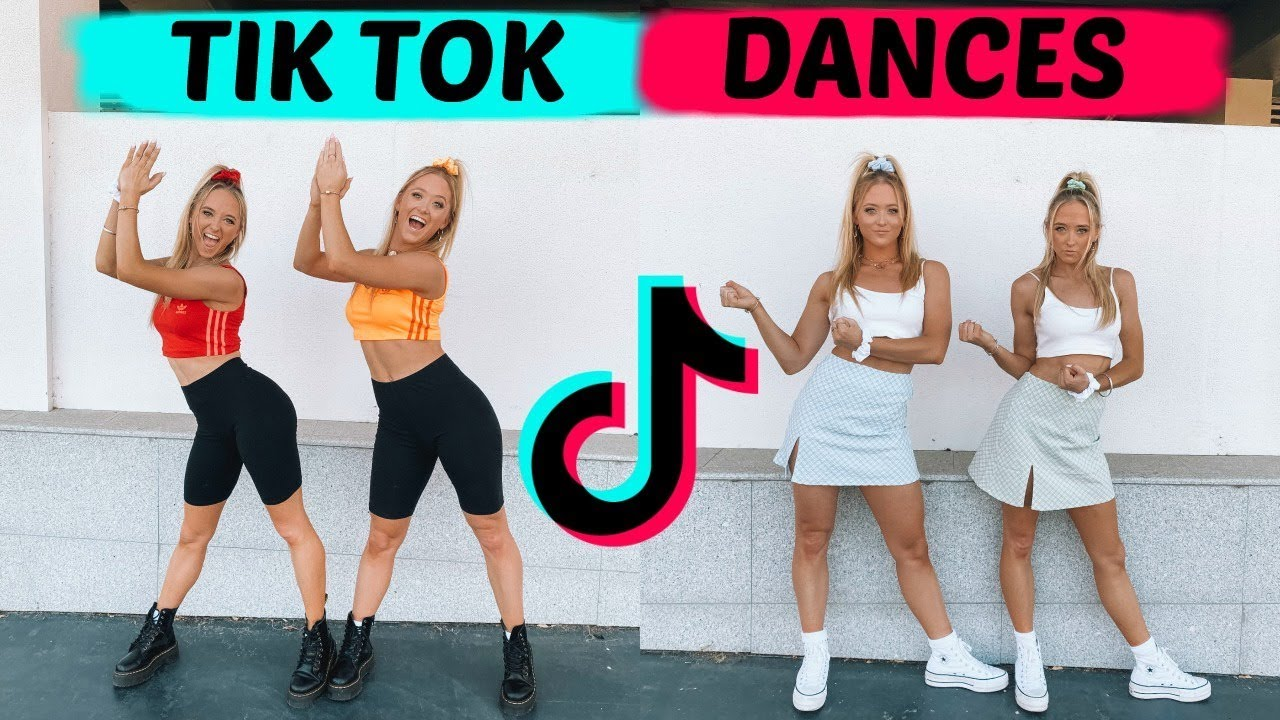Skyrim, an open world RPG/video game that was released in 2011, shows several examples of feminist perspective in its characters’ backstories and quest storylines. In fact, I almost wrote about how Aela The Huntress is an example of radical feminism. I instead chose, however, to discuss the character Serana, who I see as a subtle example of the cultural feminist perspective.
Those who have played Skyrim and are familiar with the character may be wondering how Serana serves as an example of cultural feminism, likely struggling to think of an example. I personally believe, however, that the subtlety of her part in a feminist perspective is what makes it such a great example!
Serana is the daughter of Lord Harkon, the leader of the Volkihar vampire clan. Serana—and her clan—lives in Castle Volkihar. I’m sure this is up for debate, but she’s essentially a princess, being the daughter of a community leader in a time reminiscent of/based on the Victorian era, she even lives in a castle! Likewise, she is treated with respect and grace by castle inhabitants. When she returns home to the castle, the gatekeeper even refers to her as “Lady Serana.” Serana is also emotional. She is a bit closed off at first, but as she gets to know the protagonist, she begins to open up about traumas, the hard relationship she had with her parents, the pain she feels in relation to past events, the pain she feels in relation to current events.
All of this together takes a three-dimensional, interesting character and transforms her into an example of cultural feminism for one reason: she is never shamed, nor ashamed. Serana is a woman in a feminine role within her community, yet she is respected, not berated or teased for her role. She is openly emotional and doesn’t shy away from that fact, nor is she belittled for showing her emotions and being vulnerable. She is also sassy and sarcastic and playful—yet she is never shamed for those traits, nor does she indicate a desire to be more stoic.
What I love about Serana is that the things making her unabashedly feminine aren’t the obvious outward signs that are often used in media to display femininity—such as wearing bright dresses or having a penchant for cleaning. These are good things, of course, but much of Serana’s femininity is the type that the player character has to gain her trust to see, choosing kind and considerate dialogue choices. She’s confident in who she is, and that’s a wonderful thing to see in pop culture!
My question is; do you agree that Serana’s an example of the cultural feminist perspective? Why or why not?





